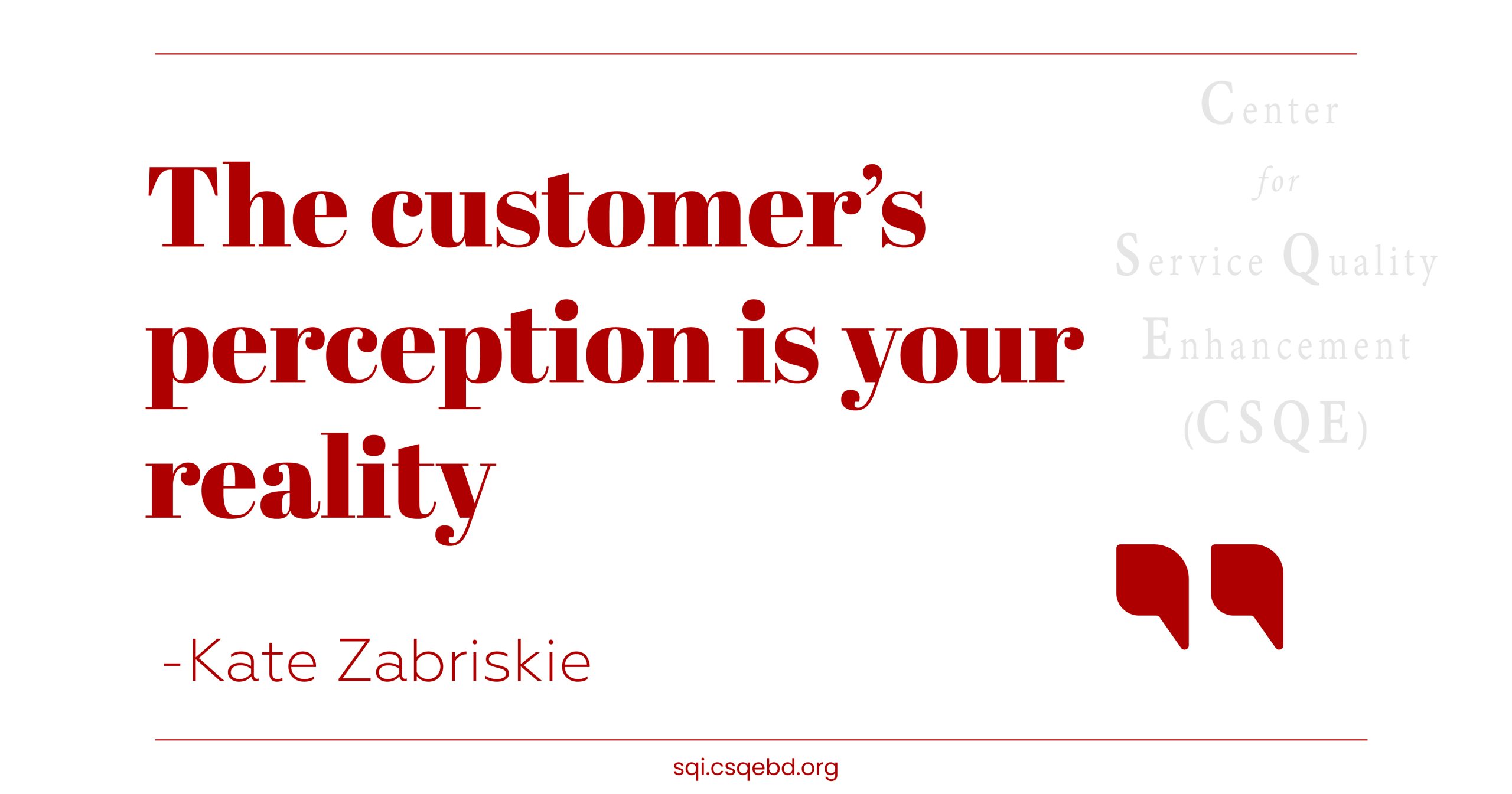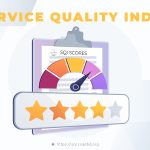Service quality is a fundamental aspect of any business providing customer services. It refers to the level of excellence or superiority of the services delivered by an organization, as perceived by the customers. In today’s highly competitive marketplace, service quality has become a crucial factor in determining the success and sustainability of service-based businesses.
“The key is to set realistic customer expectations, and then not to just meet them, but to exceed them – preferably in unexpected and helpful ways.”
What is Service Quality?
Service quality is a critical aspect of any business providing customer services. It refers to the level of excellence or superiority of the services delivered by an organization, as perceived by the customers. Service quality is essential for customer satisfaction, loyalty, and ultimately, the business’s success.
“Up to 40% of a business’s overall success can be attributed to the quality of the services it provides.”
Understanding Service Quality
Service quality is a multidimensional concept that encompasses various aspects of the customer’s experience. The most commonly recognized dimensions of service quality include:
- Reliability: The ability to perform the promised service accurately and dependably. Reliability focuses on the consistency and dependability of the service provided.
- Responsiveness: The willingness to help customers and provide prompt service. This dimension reflects the organization’s responsiveness to customer needs and their ability to provide timely assistance.
- Assurance: Employees’ knowledge and courtesy and ability to inspire trust and confidence. This dimension relates to the competence and professionalism of the service providers.
- Empathy: The caring, individualized attention the organization provides to its customers. Empathy emphasizes the organization’s ability to understand and address the unique needs of each customer.
- Tangibles: The physical facilities, equipment, and appearance of personnel. This dimension focuses on the physical aspects of the service environment and the visual cues that customers use to evaluate the service.
- Systemization of Service Delivery: The structured and organized approach to service delivery, ensuring consistency and efficiency. This dimension reflects the organization’s ability to streamline its processes and systems to provide a seamless customer experience.
- Communication: The ability to keep customers informed and listen to their feedback. This dimension emphasizes the importance of effective communication in maintaining strong customer relationships.
- Access: The ease with which customers can reach and interact with the organization. This dimension relates to the accessibility and convenience of the service for customers.
- Security: The safety and confidentiality of the service provided. This dimension focuses on the organization’s ability to protect customer information and ensure a secure service environment.
These dimensions help organizations understand and measure the various aspects of service quality that are important to their customers.
Importance of Service Quality
Maintaining high service quality is crucial for several reasons:
- Customer Satisfaction: Delivering high-quality services leads to increased customer satisfaction, which in turn, fosters customer loyalty and retention.
- Competitive Advantage: Excellent service quality can differentiate a business from its competitors and provide a sustainable competitive advantage.
- Profitability: Satisfied customers are more likely to make repeat purchases, refer others, and be willing to pay premium prices, all of which contribute to the organization’s profitability.
- Reputation: A reputation for high-quality service can attract new customers and enhance the overall brand image of the organization.
Measuring and Improving Service Quality
Measuring service quality is crucial for identifying areas for improvement. One of the most widely used tools for this purpose is the SERVQUAL model, which compares customers’ expectations with their perceptions of the actual service delivered.
To improve service quality, organizations can implement various strategies, such as:
- Employee Training: Providing comprehensive training to employees to enhance their knowledge, skills, and ability to deliver excellent service.
- Customer Feedback: Regularly collecting and analyzing customer feedback to identify areas for improvement.
“Are You Confident in Your Company’s Service Quality?”
As you’ve learned from this blog post, service quality is a critical driver of customer satisfaction, loyalty, and ultimately, business success. But how do you know if your organization is truly delivering the level of service excellence that your customers expect?
That’s where our service quality indexing solution can make all the difference. By becoming a member, you’ll gain access to our comprehensive assessment tools and expert guidance to evaluate the various dimensions of your service quality. From reliability and responsiveness to assurance, empathy, and tangibles, we’ll help you identify the strengths and weaknesses in your customer experience.
More than just a diagnostic, our service quality indexing program provides you with actionable insights and customized recommendations to improve your service delivery. You’ll learn how to optimize your processes, upskill your employees, and leverage the latest technologies to exceed customer expectations at every touchpoint.
Don’t leave your company’s service quality to chance. Take the first step towards service excellence by becoming a member today. Our team of service quality experts is ready to partner with you, providing the data-driven insights and strategic support you need to differentiate your business and stay ahead of the competition.
Invest in your customer experience, and watch your brand loyalty, referrals, and profitability soar. Join our service quality indexing program now and unlock a new level of service excellence for your organization.”
- Process Optimization: Streamlining and improving internal processes to enhance efficiency and responsiveness.
- Technology Integration: Leveraging technology to improve service delivery, communication, and customer experience.
By focusing on service quality, organizations can build strong customer relationships, enhance their competitive position, and achieve long-term success.
Achieving Sustained Service Excellence
Service quality is the foundation for success in the service industry, encompassing various dimensions from reliability and responsiveness to assurance, empathy, and tangibles. Maintaining and continuously improving service quality is crucial for organizations that seek to differentiate themselves, enhance customer satisfaction, and achieve long-term profitability. As customer expectations rise, organizations must remain vigilant in their pursuit of service excellence, requiring a deep understanding of the key drivers of service quality and a willingness to adapt and innovate. By investing in employee training, leveraging technology, and actively seeking customer feedback, organizations can identify areas for improvement and implement targeted strategies to enhance the overall service experience. Ultimately, the organizations that succeed will be those that make service quality a strategic priority, consistently exceeding customer expectations and providing a level of service that is unmatched in the industry, thereby building a loyal customer base, enhancing their brand reputation, and positioning themselves for sustained growth and profitability.





